Sports Broadcasting Equipment Guide
Say the term “sports production” to people in the broadcast business, and their minds immediately go to 53-foot-long video production studios on wheels, a dozen or more cameras – even a hundred or more for some of the biggest events – and a rather large, itinerant crew.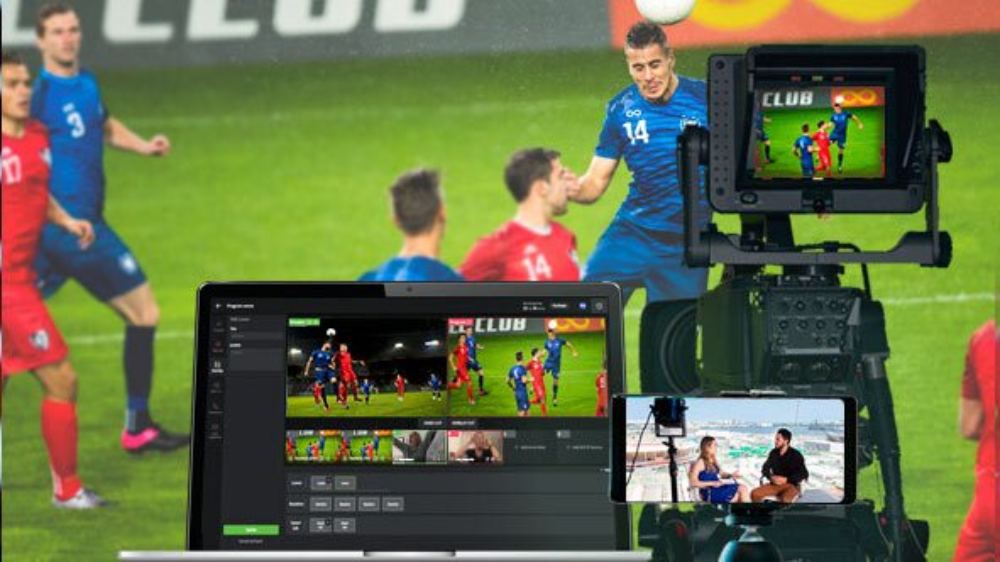
A revolution in sports broadcasting technology
All of which is true, but that’s not the full story. Over the past 10 to 15 years, a variety of powerful, lower-cost video production technologies –like NewTek’s TriCaster and Blackmagic Design’s ATEM Mini production switchers, to name a few – have become commonplace. Paired with IP video streaming capabilities, either built-in or independent, and the internet, these solutions have made a lasting mark on sports broadcasts.
Not to mention, this also revolutionizes college sports live broadcasts. For high schools, small colleges and even large university athletics, especially when it comes to non-marquee university sports (i.e. everything but football and basketball), the lower cost of these tools compared to what came before has ignited a revolution in the cost structure of producing and streaming all sorts of live video productions, including sports.
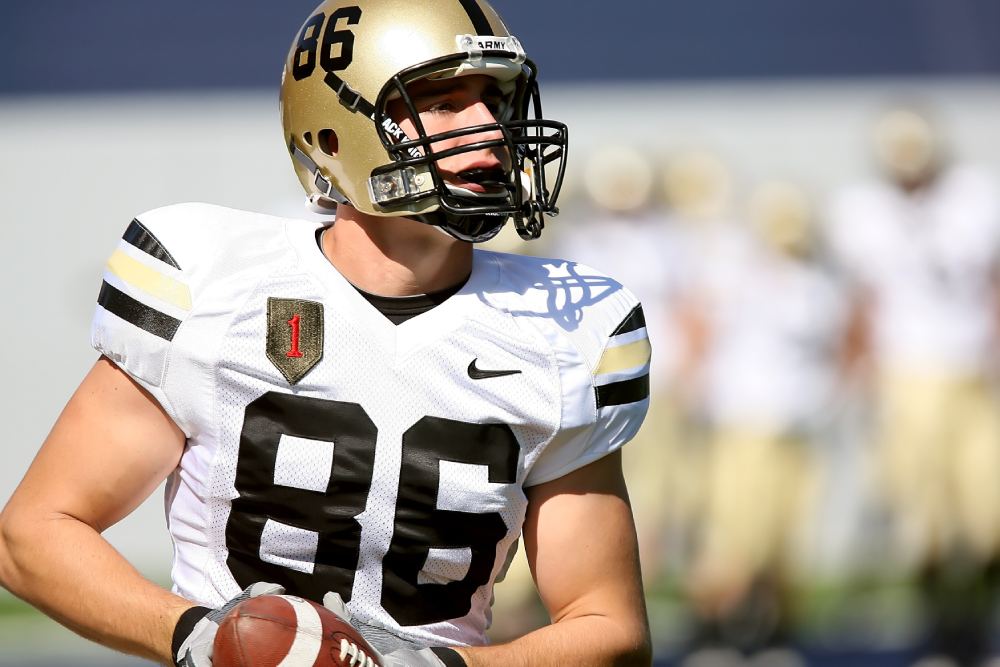
With that rework of the financial equation, suddenly niche sports, like girls’ high school volleyball or NCAA Division II and III track events, have become possible to produce, especially using students to run cameras and perform other production functions.
As this has played out, technology has continued its unceasing advancement, which brings us to the next step in sports video: live production in the cloud.
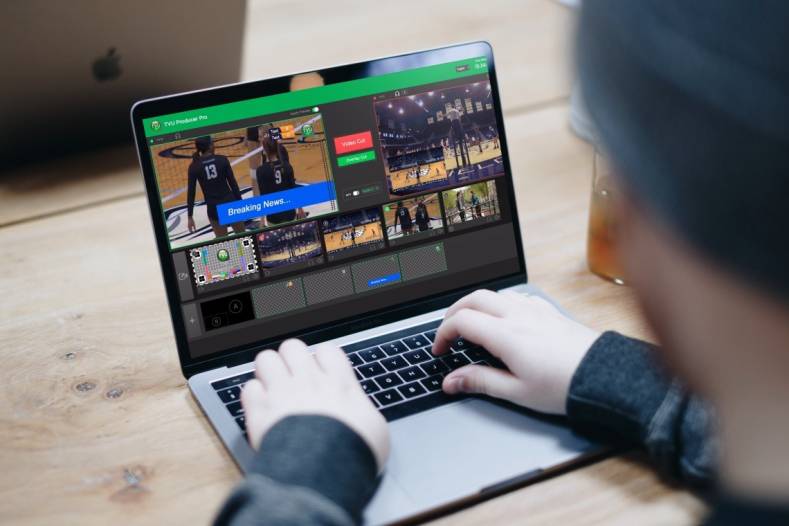
Now, rather than spending dollars on production switcher hardware and software, graphics systems, replay servers and other common live production equipment, it is possible to perform the same functions in the cloud—thereby foregoing much of the upfront capital expense formerly required, reducing costs and making even more sports production affordable.
Cloud-based sports production solutions
No two sporting events, sports producers or sports production budgets are alike. However, there are enough commonalities to categorize many productions into three group: no-budget/low-budget high school shoots; modest budget college productions; and niche sports productions done on a shoestring budget. While each production within these categories is undoubtedly unique, there are certain strategies that can be used to address the common challenges they share.
No-, low-budget sports production: If you are a high school producer looking to use existing video and computing resources, you’re in luck. It is possible to do multi-camera live video production for next to no new investment.
Using two or three Apple iPads or iPhones mounted on tripods around a gymnasium, TVU Anywhere software and an existing wireless internet, it is possible to livestream basketball, volleyball and other school activities to the cloud. There, a student video producer, can access each of the livestreams via TVU Producer, which can be used to switch among live video sources, roll in prerecorded packages, generate titles, mix audio and even add video replay of game-changing moments.
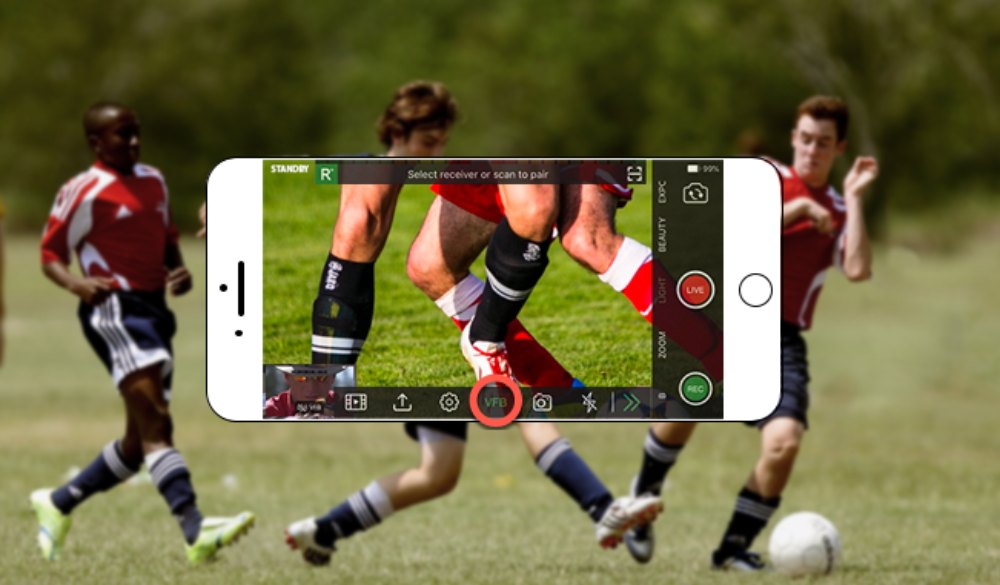
Using TVU Producer, the student can also select which social media sites and internet platforms to use to stream live games and even produce special versions for smartphone viewers who love to hold their device in a vertical orientation.
A previous blog found here describes in detail how to set up TVU Anywhere and TVU Producer for live multi-camera video production.
Modest budget sports production: For those with a little money to spend on dedicated video cameras with built-in or add-on zoom capability, a common question that must be answered is how to take the SDI or HDMI output of these cameras and get it into the IP domain, so that it can be streamed via the internet to a TVU Producer sports production workflow in the cloud.
In these instances, a low-cost product like the Blackmagic Design UltraStudio3G Recorder will convert the SDI or HDMI output of a camera to Apple Thunderbolt, enabling a MacBook Pro running TVU Anywhere to stream the camera feed to the cloud with TVU Producer. There are also similar converters that will enable an Android smartphone running TVU Anywhere to stream SDI or HDMI camera output to the cloud.
If MacBook Pro computers aren’t available for each camera, lower cost TVU Networks technology can be used to steam live camera shots to a cloud-based TVU Producer production workflow. They include the TVU Nano for wireless use and TVU Era for a wired Ethernet connection to the internet.
Shoestring sports production: University TV production departments, existing mobile production companies and others with a slightly bigger budget will find the TVU Remote Production System (RPS) a cost-effective way to transport the SDI output of up to six cameras as HEVC H.265 encoded IP packets over the public internet into the cloud or to a production center.
Leveraging TVU RPS as the transport mechanism for cameras used to cover live sporting events will be covered more extensively in an upcoming blog. However, it should be noted here that TVU RPS is a game changer for sports producers, universities and sports networks looking to shed the outlay to hire mobile production units and the travel expenses of production crews sent to venues.
Another integration to consider for those with productions looking to lower expenses would be cloud production tools in OB Vans. This helps broadcasting trucks save on infrastructure, cables, and traveling.
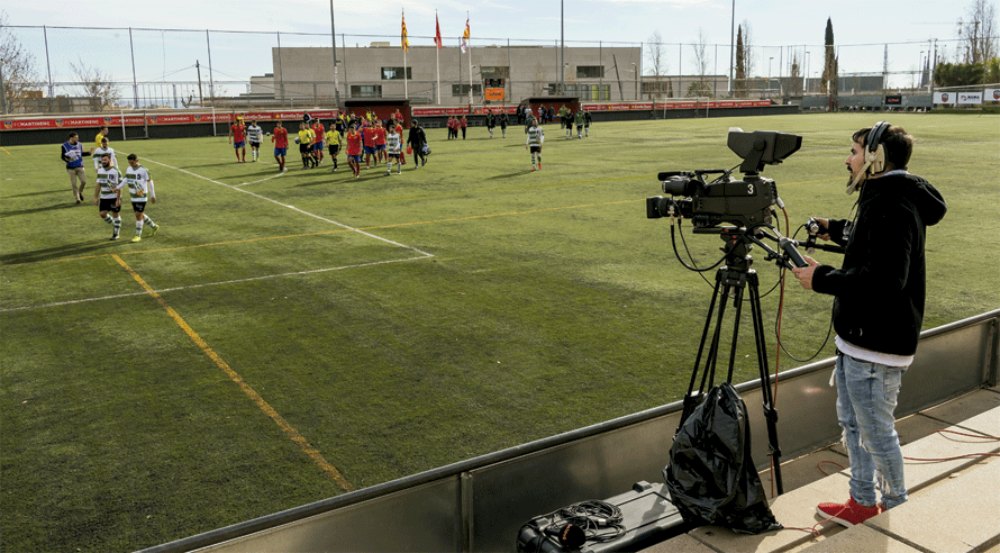
TVU One with its six embedded modems is another alternative, but probably not for this budget level, especially if multiple cameras are in play.
Sports broadcasting equipment
Just as there’s no one right solution to stream camera video from the venue to the cloud, there is no one camera, lens or audio setup that will meet every sports producer’s needs. As with the IP contribution strategies discussed, budgets will play a key role in deciding whether to mount an existing iPad on a tripod, deploy an EFP camera or use something in between.
That said, there are some good online resources to help guide sports producers in deciding on cameras. They discuss factors like auto-focus, low-light performance, image stabilisation features, built-in zoom and other important considerations. (A few include: “Ultimate Guide: 10 Best Video Cameras for Sports,” “Best Video Camera For Sports In 2020 – Top 12 Picks,”and “Best Professional Video Camera For Sports (2020).”
Depending on budgets and performance requirements, one effective camera solution may be to use PTZ (pan, tilt, zoom) cameras or camera heads that can be controlled remotely via the same internet connectivity used to stream video from the event to the cloud but doing so via a VLAN tunnel dedicated to transporting control instructions. This approach eliminates the expense of sending camera operators to a game, but it will require some upfront investment.
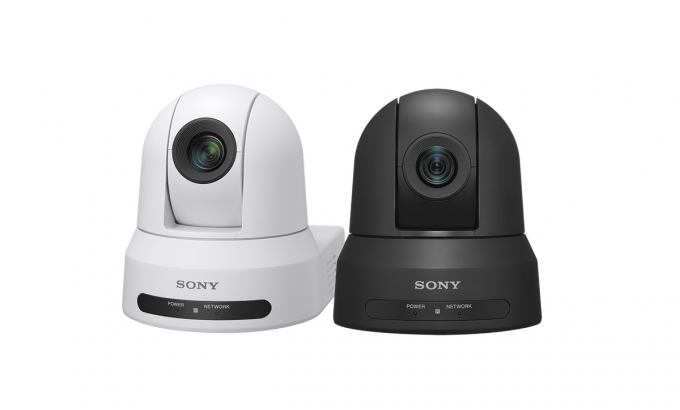
When it comes to lenses, remember the cost of one professional zoom lens used for TV sports production far exceeds the total cost of the IP transport solutions discussed here. That said, there are many great lower cost alternatives that—depending on the type of camera being used, such as DSLR, ENG/EFP or even smartphone camera—will greatly enhance sports production. (Some online resources to check out include: “The Different Types of Camera Lenses for Video and Photography,” “Choosing the Right Lens for Shooting Live Sports,” and “The Only Lens You Need To Film Great Sports Videos On A Budget.”)
Even for no-budget/low-budget sports producers looking to enhance their smartphone video, there are add-on lenses to consider.
Finally, a word about audio. Natural sound from the sports venue and play-by-play calls help engage viewers of live sports productions. TVU Producer offers a built-in virtual audio mixer as well as audio-follow-video capability that completes the cloud-based video production circle. These attributes as well as stand-alone alternatives have been discussed in a previous blog.
With their migration to the cloud, the sports broadcasting tools have never been more affordable nor more accessible. At the same time, the performance of the cameras and lenses used on site has only improved while prices have only gotten more affordable.
This evolution in technology and pricing means that sports broadcasting has never been more affordable, which is opening up more and more sports –regardless of how niche they are—to streaming coverage.